Beyond the Baseline: Exploring Tennis Court Fence Styles and Materials
The tennis court fence, often overlooked, plays a vital role in the game. It defines boundaries, ensures safety, and contributes to the court’s aesthetic appeal. In this blog, we’ll delve into the world of tennis court fences, from various styles to materials. Whether you’re a court owner, tennis enthusiast, or simply curious, this post will help you understand the available options. Join us to gain insights and elevate your tennis experience, making informed choices in selecting the right fence style and material for your needs.
1. The Role of Tennis Court Fences
Tennis court fences are not mere enclosures; they are essential components that serve multiple purposes, ensuring the smooth and safe functioning of the game. Their primary roles encompass safety, ball containment, and privacy.
- Safety: The foremost function of a tennis court fence is to provide safety for players and spectators. Tennis is a fast-paced sport, and balls can travel at high speeds. A sturdy fence acts as a protective barrier, preventing balls from leaving the court and potentially causing accidents. It instills confidence in players, knowing that the court’s boundaries are clearly defined and secure, allowing them to focus on the game without worrying about stray balls.
- Ball Containment: Ball containment is a foundational aspect of tennis court design. Without a well-constructed fence, the game’s flow would be disrupted as players constantly chase down errant balls. Tennis court fences keep the game moving smoothly, reducing interruptions and ensuring that rallies progress without hindrance. This not only saves time and energy but also enhances the overall playing experience.
- Privacy: While not a concern for all tennis courts, privacy can be crucial, particularly for private or residential settings. Fences provide a sense of seclusion, shielding the court and its activities from prying eyes. This added privacy allows players to focus on their game without feeling exposed, creating a tranquil and comfortable space for play.
Understanding the significance of these functions helps individuals make informed decisions when selecting the right fence style and material for a tennis court, ensuring that it serves its intended purposes effectively.
2. Materials Used in Tennis Court Fences
Tennis court fences are constructed using various materials, each with unique characteristics. We’ll explore the most common materials, including aluminum, steel, PVC, and wood, and provide insights into their durability, maintenance needs, and cost considerations.
Aluminium
- Durability: Aluminum fences are known for their durability. They are resistant to rust and corrosion, making them ideal for outdoor tennis courts.
- Maintenance: Aluminum fences require minimal maintenance. Occasional cleaning is usually sufficient to keep them looking good.
- Cost: While aluminum is not the cheapest option, its durability and low maintenance costs make it a cost-effective choice in the long run.
Steel
- Durability: Steel fences are extremely durable and provide a high level of security. They can withstand harsh weather conditions.
- Maintenance: Steel requires periodic maintenance to prevent rust. Proper coatings can help extend their lifespan.
- Cost: Steel fences are often on the higher end of the cost spectrum due to their durability and strength.
PVC (Polyvinyl Chloride)
- Durability: PVC fences are known for their longevity and resistance to moisture, making them suitable for wet climates.
- Maintenance: PVC is virtually maintenance-free. It doesn’t require painting or sealing, only occasional cleaning.
- Cost: PVC fences are cost-competitive, especially considering their minimal maintenance needs.
Wood
- Durability: Wood fences can be durable but are susceptible to rot and weathering without proper maintenance.
- Maintenance: Wood fences require regular staining or sealing to protect against the elements.
- Cost: Wood fences can vary in cost, with factors like wood type and maintenance influencing the overall expense.
3. Different Styles of Tennis Court Fences: Exploring Aesthetics and Advantages
Tennis court fences are not just functional; they can significantly impact the overall aesthetic and ambiance of the court. Here, we’ll explore various fence styles commonly used in tennis court construction, highlighting their unique aesthetics, advantages, and potential drawbacks.
Traditional Chain-Link Fence
- Aesthetics: Traditional chain-link fences are known for their utilitarian appearance. They offer transparency and openness, providing an unobstructed view of the court.
- Advantages: Chain-link fences are cost-effective, durable, and low maintenance. They serve the primary functions of safety and ball containment effectively while allowing for excellent visibility.
- Drawbacks: While they are practical, traditional chain-link fences may not be the first choice for those seeking a more aesthetically pleasing or private court. The biggest disadvantage of the chain-link fences is the stretching out – it’s just the question of the time when the chain-link fence will look ugly. Today, we do not recommend the chain-link fences, as there are better alternatives today.
Vinyl-Coated Chain-Link Fence
- Aesthetics: Vinyl-coated chain-link fences combine the functionality of traditional chain-link with added aesthetics. They come in various dark green colors, allowing you to customize the look of your court.
- Advantages: These fences maintain the durability and low maintenance of traditional chain-link while offering improved aesthetics. The vinyl coating can withstand weather conditions and prevent rust.
- Drawbacks: While more visually appealing than standard chain-link, they may not match the elegance of other fencing options like wood or wrought iron. The biggest disadvantage is the same as for the traditional chain-link fences – it’s the stretching out. So Vinyl-Coated Chain-Link Fence is a bit better choice, compared to a traditional chain-link fence, because it looks better and it’s lasting longer.
Wooden Fence
- Aesthetics: Wooden fences provide a classic and timeless look to tennis courts. They exude a warm and natural ambiance that blends well with many surroundings.
- Advantages: Wood fences offer both aesthetics and privacy. They are sturdy and durable and can be customized with various stains or finishes to match your preferred style.
- Drawbacks: Wooden fences, while beautiful, require regular maintenance, such as staining or sealing to prevent rot and weathering. Their appearance can be a bit massive and more suitable for private courts and clubs.
Wrought-Iron Fence
- Aesthetics: Wrought iron fences are synonymous with elegance. They are ornate, stylish, and can instantly elevate the visual appeal of a tennis court.
- Advantages: These fences add a touch of sophistication while still serving functional purposes. They are long-lasting, resistant to weather, and require minimal maintenance.
- Drawbacks: Wrought iron fences can be more expensive than some other options, and their decorative nature may not suit every court’s style.
Steel Panel Fence
- Aesthetics: Steel Panel fences offer a clean, modern appearance. They are sleek and do not obstruct the view, making them suitable for various court settings.
- Advantages: Mesh fences provide durability and low maintenance. They are often chosen for their contemporary look and ability to offer wind protection without sacrificing visibility. We recommend the hot-dip zinc-coated and powder-painted steel panel fences – these are long-lasting and esthetically good-looking solutions, suitable for private courts as well as for tennis clubs and tennis centers.
- Drawbacks: While they are minimalistic and functional, mesh fences may not suit those seeking a more traditional or ornate appearance.
Custom-Designed Fence
- Aesthetics: Custom-designed fences can be tailored to match the unique style and preferences of a tennis court owner. They allow for creativity and personalization.
- Advantages: The primary advantage of custom-designed fences is that they offer complete control over the aesthetics, enabling you to create a fence that perfectly aligns with your vision.
- Drawbacks: The cost of custom-designed fences can be significantly higher than pre-made options, and the design and construction process may take longer.
4. Choosing the Right Fence for Your Tennis Court
Selecting the right fence for your tennis court is a critical decision, and it involves considering various factors to ensure that it meets your needs effectively.
- Budget: Begin by setting a clear budget. Tennis court fences come in various styles and materials, each with its own price point. By determining how much you’re willing to invest, you can narrow down your options and prevent overspending.
- Purpose: The intended purpose of your tennis court is a fundamental factor to consider. Is it for professional use, a community facility, or a private court for family and friends? Different purposes will influence the required height, aesthetics, and privacy considerations. Understanding the primary use of the court will guide your fence choice.
- Location: The location of your tennis court is another vital aspect. Think about the surroundings. Is it in a residential area where privacy matters, or is it situated in a more public space like a park, where visibility and openness are preferred? The fence should complement and integrate with the environment in which it is placed.
- Personal Preferences: Your personal preferences play a significant role in the selection process. Consider the visual appeal of the fence and specific material choices. Some may favor the classic look of a chain-link fence, while others may lean towards the elegance of wrought iron or the warmth of wooden fencing. Your personal style should align with your chosen fence to ensure satisfaction with the end result.
- Climate and Weather Conditions: The climate and weather conditions in your region have a substantial impact on the durability of the fence. Take into account the specific challenges presented by your local weather. For instance, if you experience harsh winters with snow and freezing temperatures, your fence should be able to withstand these conditions. In areas with strong winds, choosing wind-resistant materials and construction is essential, especially if you plan to use windscreens, which increase the wind pressure. Seek expert advice from local professionals who understand the climate challenges in your area to ensure the fence can endure and remain functional over time.
When selecting the right fence for your tennis court, carefully consider all of these factors in combination. The ideal fence should align with your budget, serve the intended purpose, blend well with the court’s location, match your personal style preferences, and be suitable for the local climate and weather conditions. See our FenceKit options here >
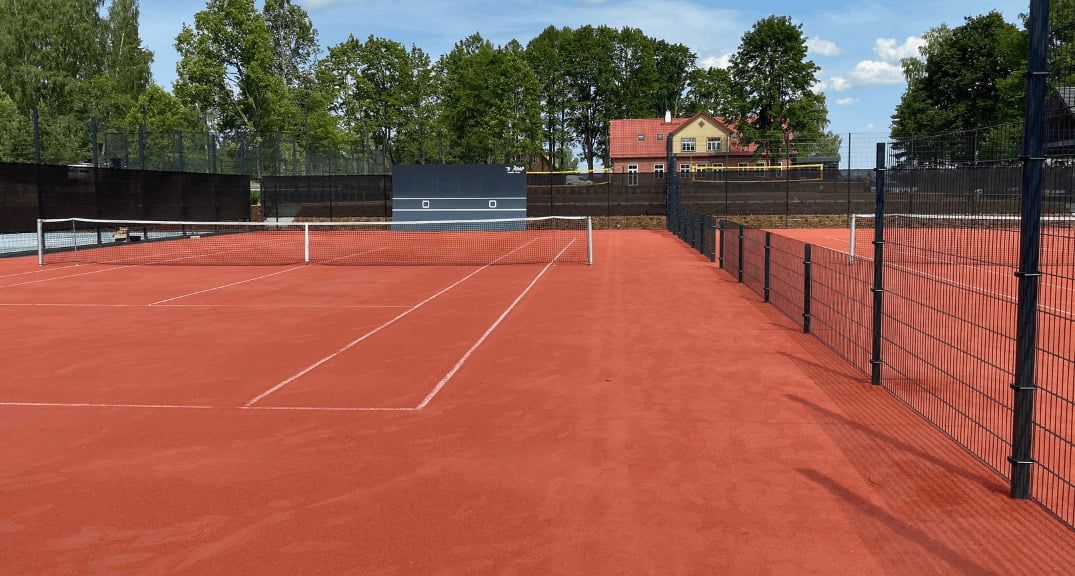
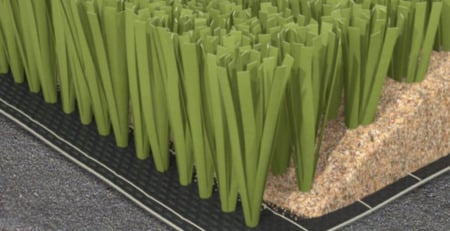
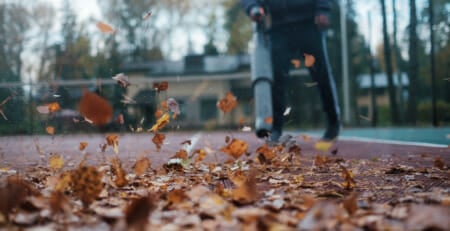
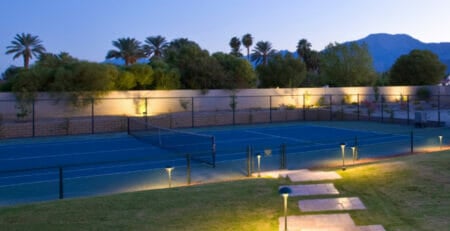
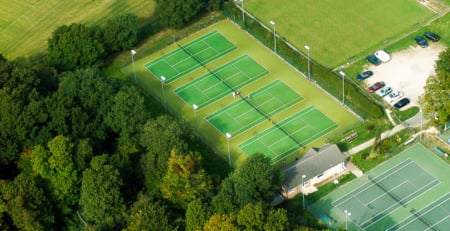

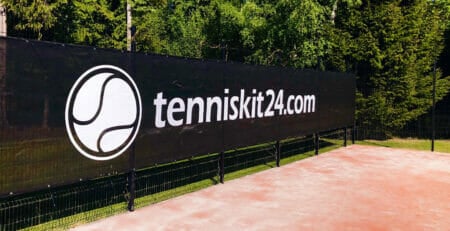
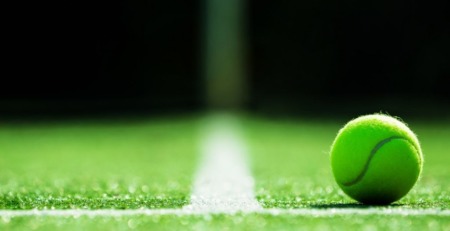
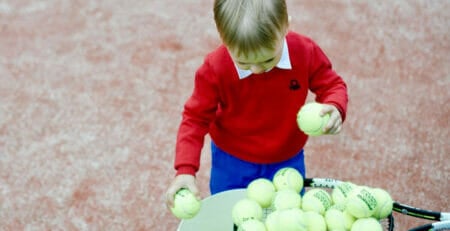
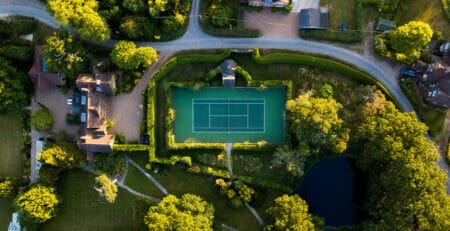

Leave a Reply